Organizational Climate and Motivation in Critical Care Unit Report
VerifiedAdded on 2023/04/24
|7
|583
|179
Report
AI Summary
This report examines the organizational climate and motivation within a critical care unit, drawing from the author's 25 years of clinical experience. It highlights the intense nature of the unit, emphasizing the use of advanced technology and the critical condition of patients. The report explores the motivation of the unit to meet patients' immediate needs and the roles of leaders and managers in evaluating the organizational and motivational climate. It discusses methods like work environment surveys and communication strategies. The analysis includes two key actions for leaders: motivating employees and managing conflicts. The report provides a real-world example of conflicts arising from equipment issues. It also covers the role of nurse managers, maintaining standards, and delegation guidelines, including potential barriers and strategies to reduce legal risks. The report is supported by references to scholarly articles.
1 out of 7
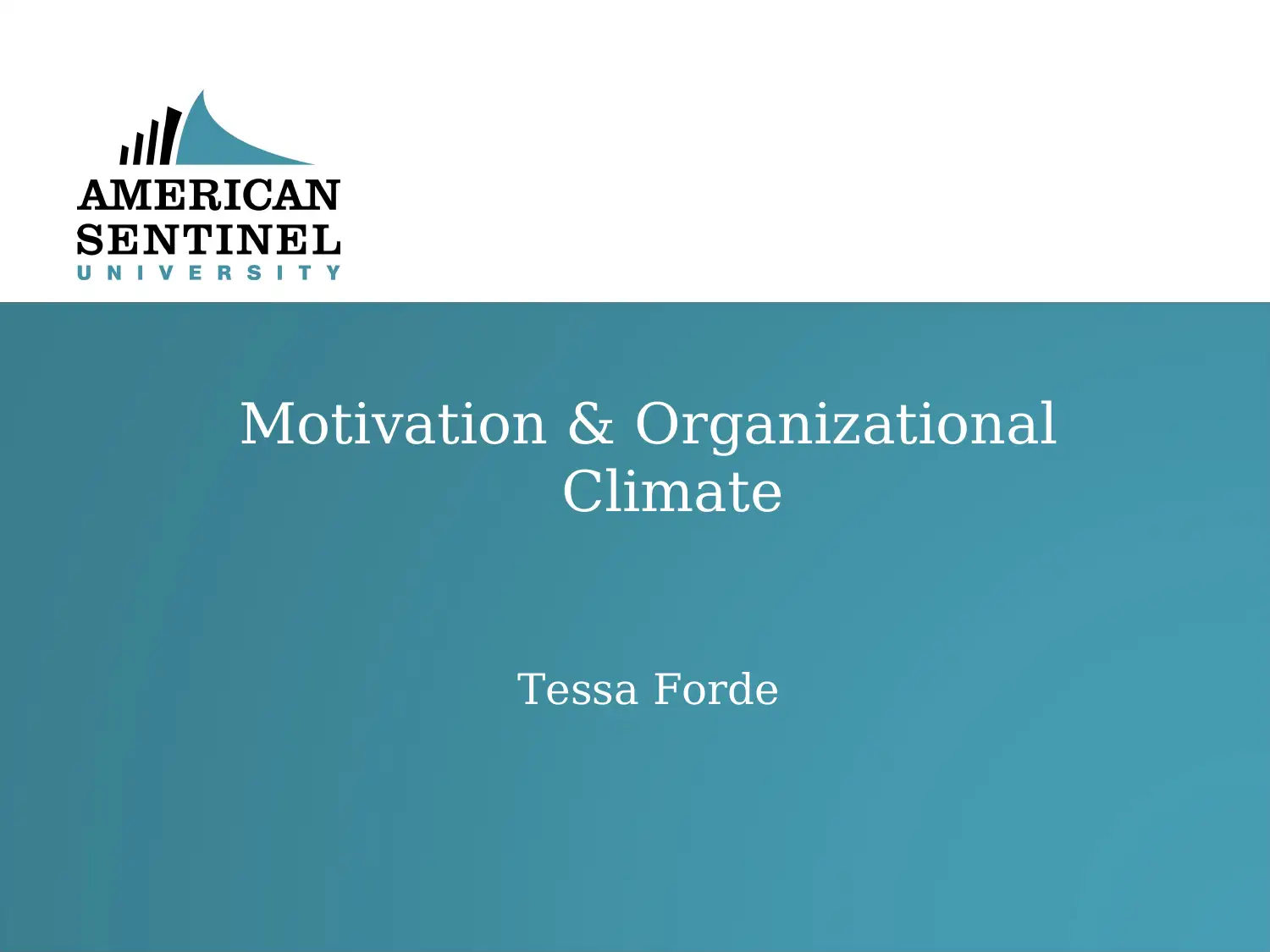
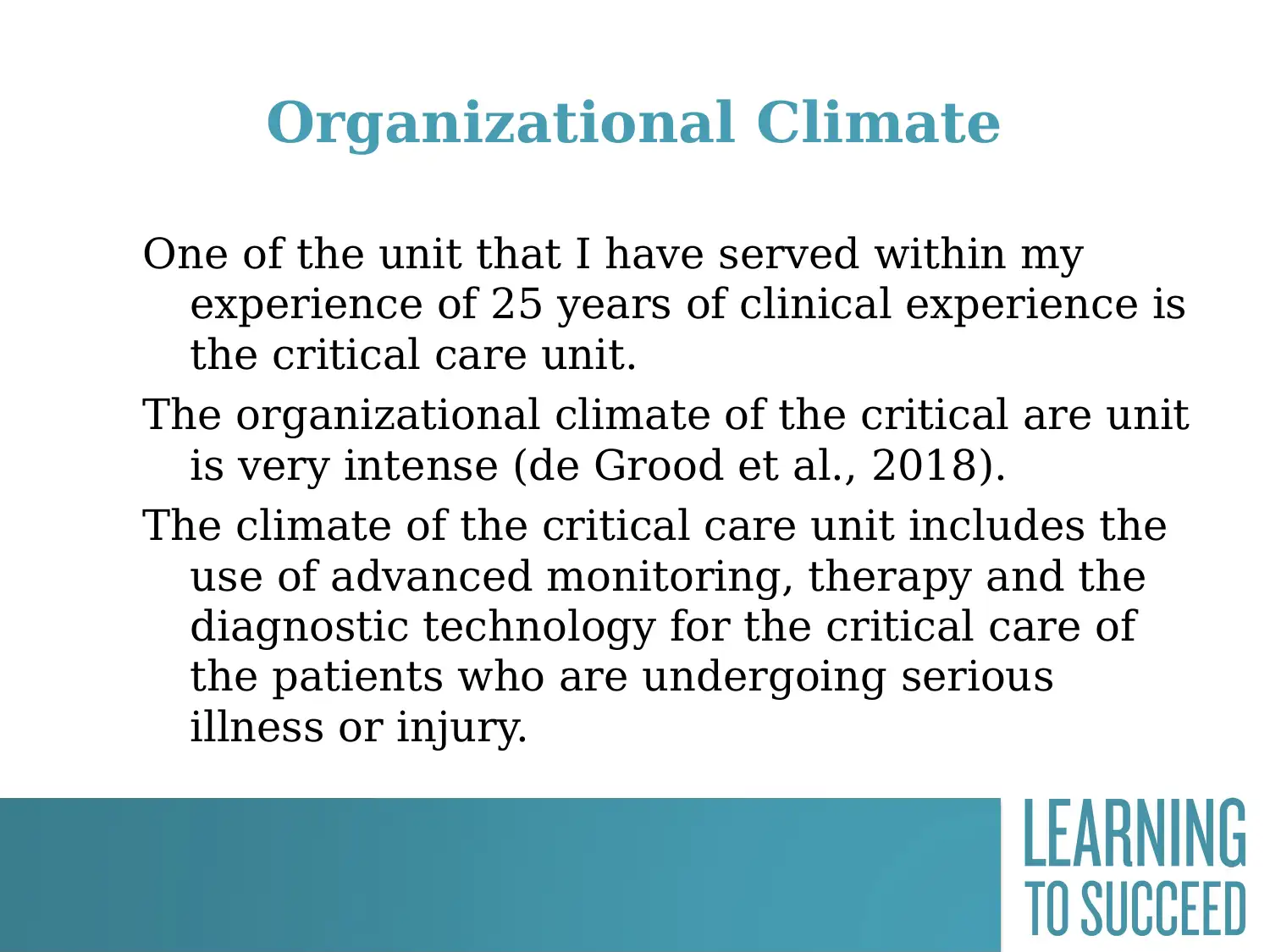
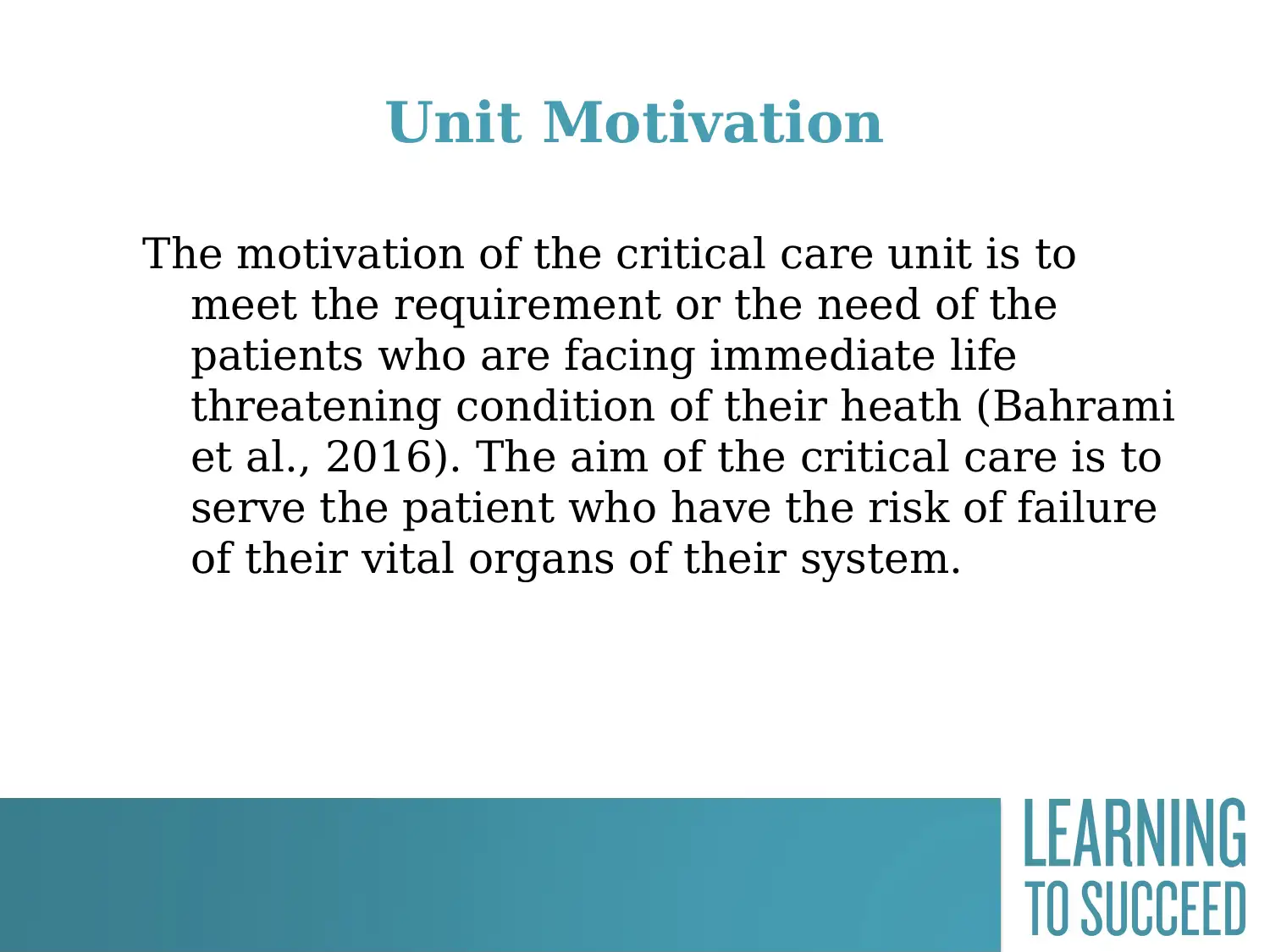

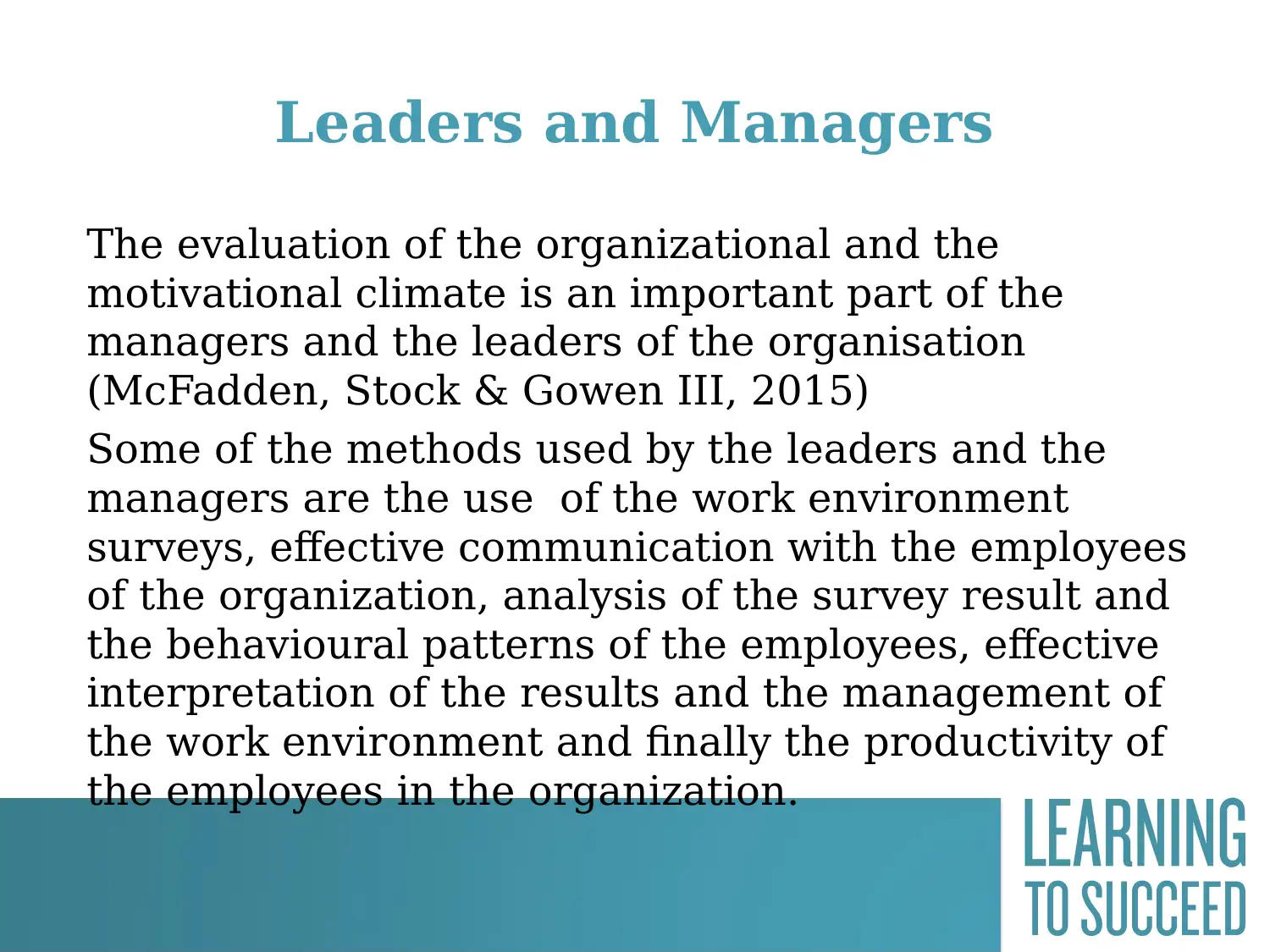
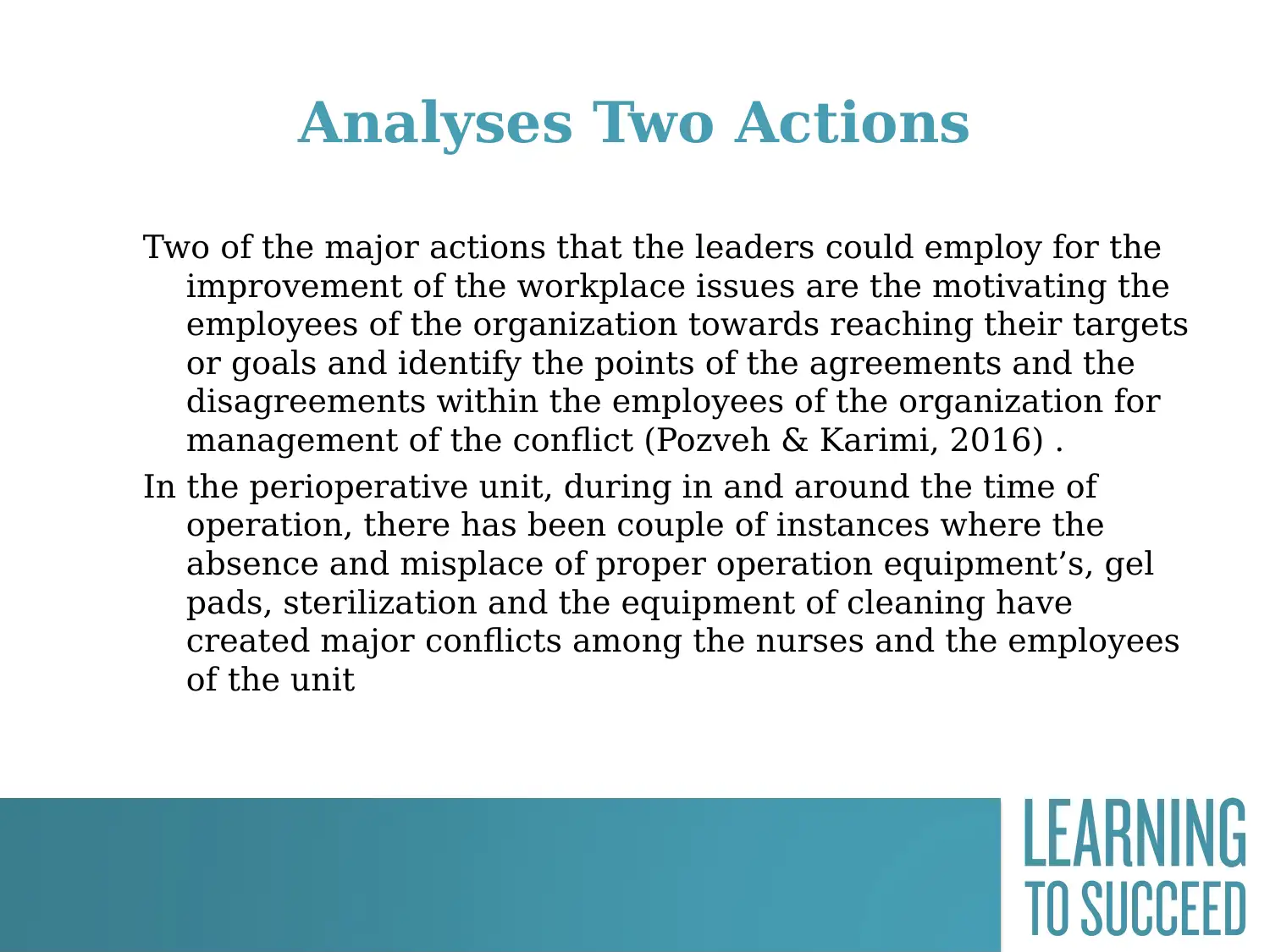
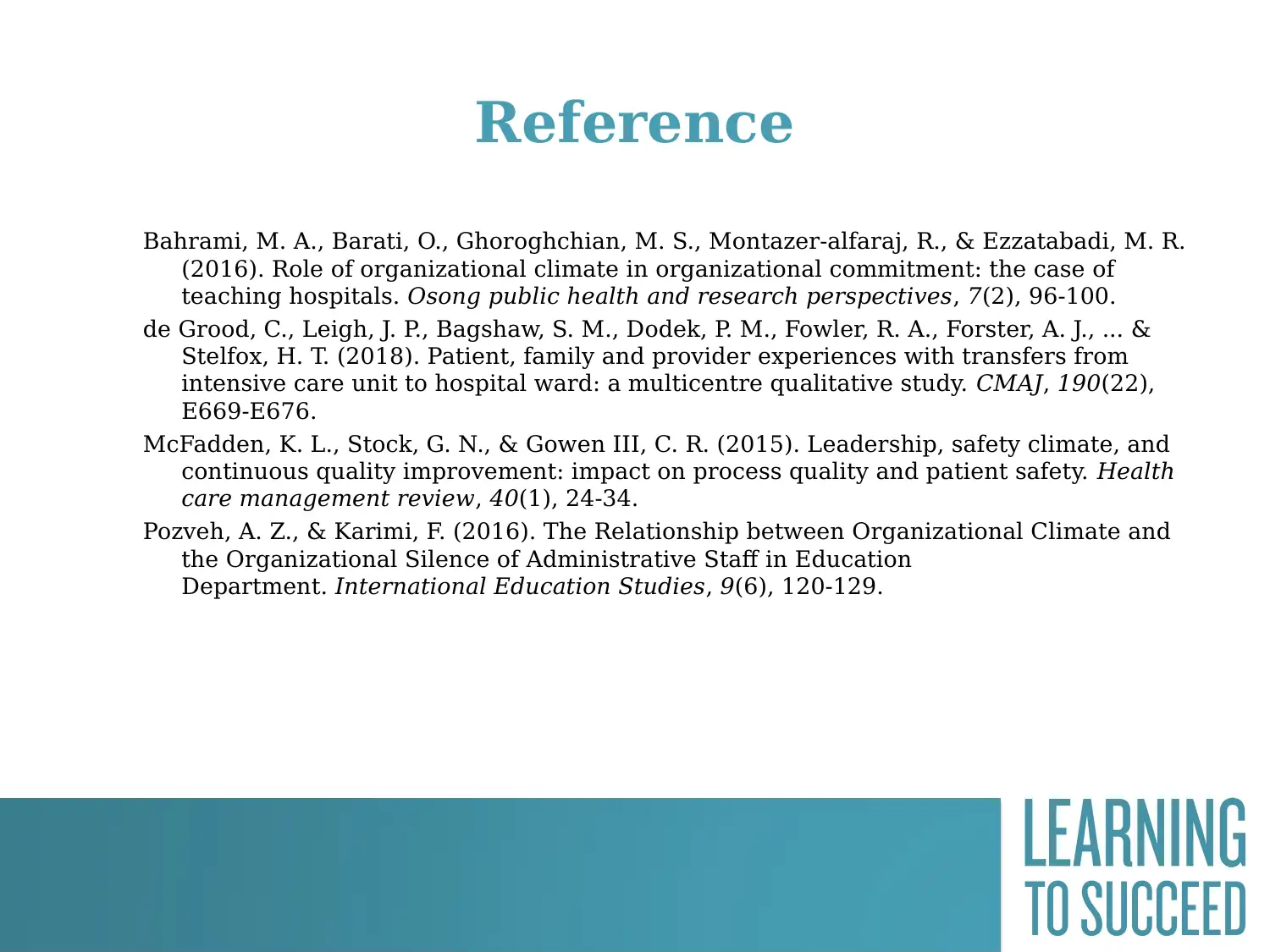







![[object Object]](/_next/static/media/star-bottom.7253800d.svg)